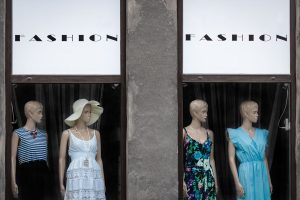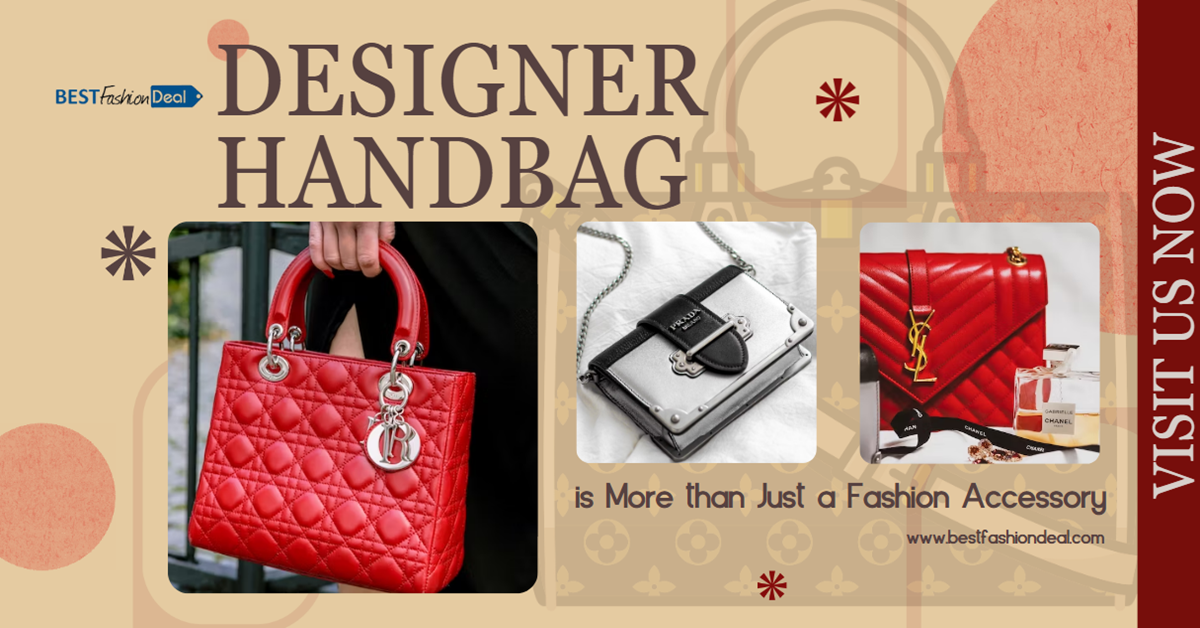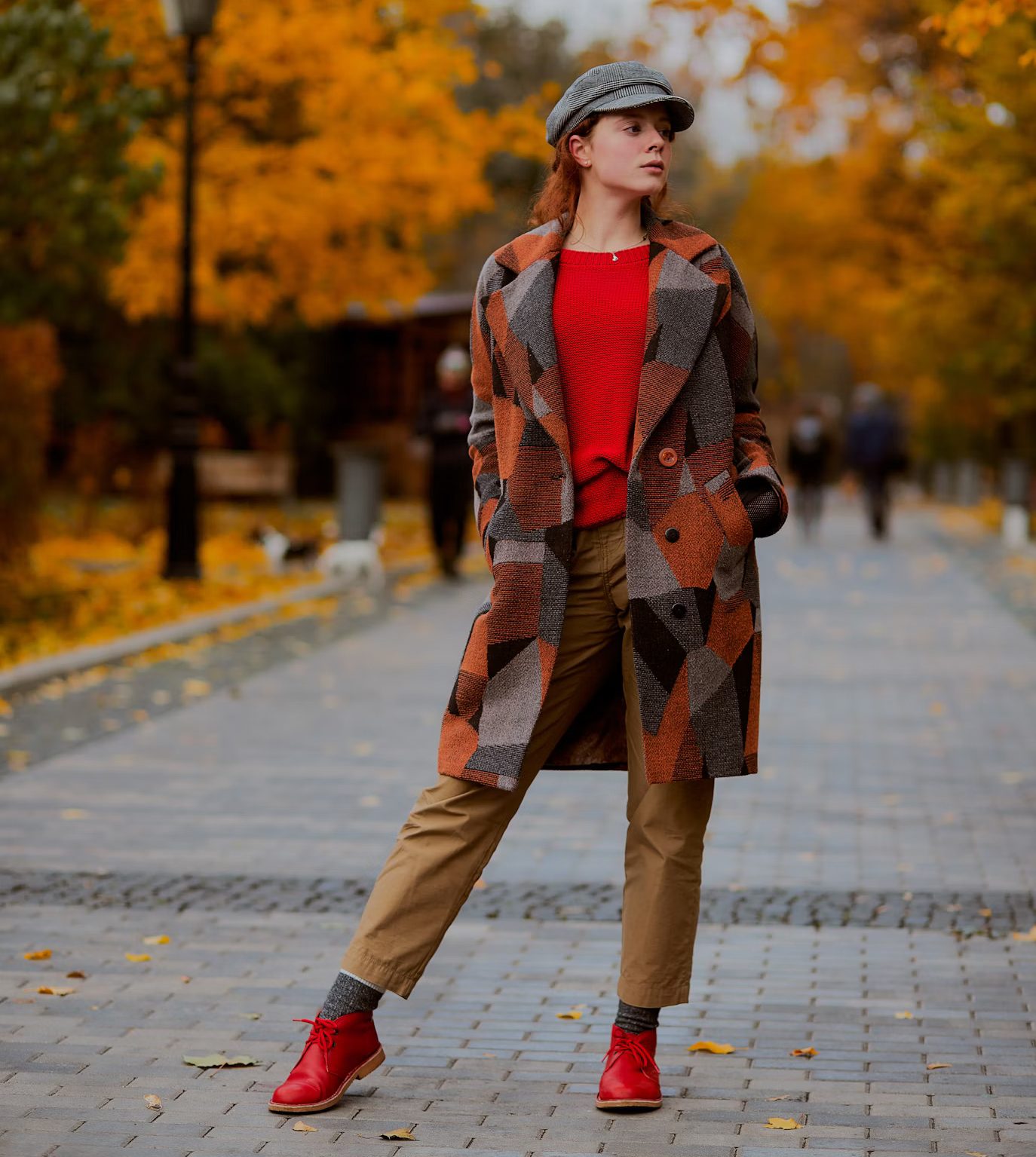The latest styles can create excitement in the fast-paced fashion world, where trends come and go in the blink of an eye. However, the true essence of fashion lies not just in what we wear but in the quality of the pieces we adorn ourselves with. Quality in fashion is not merely an aesthetic choice; it represents a commitment to craftsmanship, sustainability, and personal style that transcends fleeting trends. In this blog, we’ll explore why quality matters in the fashion industry, how to identify high-quality pieces, and the numerous benefits of investing in quality fashion for a wardrobe that lasts.
The Value of Quality
 Quality in fashion encompasses a range of factors, including the materials used, the craftsmanship involved, and the ethical practices behind production. It matters to consumers as it directly affects the durability and functionality of the items we buy. High-quality pieces enhance our style and contribute to a more sustainable fashion ecosystem.
Quality in fashion encompasses a range of factors, including the materials used, the craftsmanship involved, and the ethical practices behind production. It matters to consumers as it directly affects the durability and functionality of the items we buy. High-quality pieces enhance our style and contribute to a more sustainable fashion ecosystem.
With the rise of social media influencers and a constant barrage of advertisements, it’s easy to become enchanted by fast fashion. However, as we delve deeper into our closets, we often discover a disturbing trend: the rapid cycle of buying and discarding. The thrill of shopping can quickly turn into regret when we realize the garment we bought for a night out didn’t even survive a single wash. This reality calls for a shift in our shopping habits, where quality becomes paramount.
The Changing Landscape
Fast fashion has significantly altered consumer habits, promoting a culture of instant gratification and excessive consumption. Brands produce trendy clothing at an unprecedented pace, often prioritizing quantity over quality. This model caters to our desire for affordable and fashionable options but comes at a cost: lower-quality materials, unethical labor practices, and a negative environmental impact.
Moreover, the production cycle of fast fashion often leads to significant waste. Unsold garments frequently end up in landfills, contributing to environmental degradation. The impact of this wastefulness extends beyond the environment; it also reflects a disregard for the labor force that produces these garments. Many workers are underpaid and work in poor conditions, often to meet the relentless demands of fast fashion brands. As consumers become more aware of these consequences, there’s an increasing demand for durable, ethical products.
We are witnessing a shift in priorities, with many choosing to invest in high-quality, sustainable fashion that supports ethical practices. Brands that prioritize quality often tell a story of their origins, highlighting their commitment to craftsmanship and the people behind their products. This evolving landscape presents an opportunity for us to reevaluate our approach to fashion and prioritize quality over quantity.
Defining Quality in Fashion
Key Factors
To truly understand what constitutes quality in fashion, we must consider several essential elements:
- Materials: The type of fabric and materials used in a garment play a crucial role in its overall quality. Natural fibers like cotton, linen, wool, and silk are more durable and breathable than synthetic fabrics. Understanding how different materials behave can guide consumers in making informed choices. For instance, merino wool is warm and moisture-wicking, making it an excellent choice for various weather conditions.
- Craftsmanship: High-quality pieces are often characterized by exceptional craftsmanship. It includes precise stitching, securely attached buttons, and evenly finished hems. The attention to detail can be a significant indicator of a garment’s quality. Additionally, consider elements like the quality of linings in jackets or dresses. A well-lined garment adds to comfort and enhances the overall structure and durability.
- Design: A well-designed piece not only looks great but also functions effectively. Quality fashion items are often designed to be versatile, allowing them to transition seamlessly from one occasion to another. Consider classic designs that withstand trends, such as a tailored trench coat or a simple white shirt; these pieces can be styled in numerous ways, ensuring they remain relevant throughout seasons.
- Fit: A garment’s fit is an essential factor in determining its quality. A well-fitted piece enhances comfort and overall appearance. Investing in tailoring can also elevate the quality of your wardrobe. For instance, taking a simple dress to a tailor can transform it into a bespoke piece that flatters your body shape perfectly.
Beyond Aesthetics
Quality in fashion extends far beyond mere appearance. While a beautifully designed piece may catch our eye, true quality encompasses durability, comfort, and ethical production practices. A high-quality garment should look good, feel suitable, and stand the test of time.
For instance, think about that favorite sweater you wear year after year. It may not have the latest trendy embellishments, but its soft fabric, cozy fit, and classic design make it a staple in your wardrobe. Investing in quality means prioritizing pieces that offer comfort and reliability over fleeting trends. It also encourages a mindset shift towards sustainable consumption, where each purchase is viewed as an investment rather than a disposable item.
How to Spot a Quality Piece
 Learning to identify high-quality items is essential as we navigate the fashion world. Here are some tips to help you spot quality pieces when shopping:
Learning to identify high-quality items is essential as we navigate the fashion world. Here are some tips to help you spot quality pieces when shopping:
Material Matters
Understanding fabric composition is critical to recognizing quality. Always check the label for fabric content. Compared to synthetics, natural fibers are usually more durable and breathable. For instance, 100% cotton typically offers more excellent breathability and comfort than a cotton-polyester blend. Becoming acquainted with standard fabrics and evaluating materials’ longevity more effectively is helpful. Moreover, pay attention to the weight of the fabric; heavier materials often signify higher quality, as they generally drape more gracefully and withstand wear better.
It’s also important to consider the care requirements of different fabrics. High-quality materials often require specific care to maintain their integrity. For example, cashmere and silk may need gentle washing or dry cleaning, while cotton and polyester blends can often be machine-washed. Understanding these care instructions will help you assess whether you can commit to a piece long-term.
Craftsmanship
Take a closer look at the craftsmanship of a garment. Inspect the stitching: Is it even and tight? Are the seams reinforced? High-quality garments will have clean finishes with no loose threads or unfinished edges. Examine buttons and zippers; they should feel sturdy and function smoothly. Pay attention to the placement of zippers and pockets; thoughtfully designed pieces will have these elements placed to enhance style and functionality.
Additionally, look for details like pattern matching at seams. When a garment’s patterns align perfectly at the seams, it indicates a higher level of craftsmanship. This level of attention to detail is often a hallmark of quality production, showcasing the brand’s commitment to excellence.
Design Details
Design elements can indicate the quality of a piece. Check for high-quality hardware, such as zippers and buttons, that are functional and aesthetically pleasing. Look for linings; well-constructed garments often have a quality lining that adds comfort and durability. Consider the overall construction of the garment, too. Quality pieces will have thoughtful design features such as hidden seams or reinforced stress points to prevent wear.
Also, consider how a piece can be styled in various ways. A high-quality garment often offers versatility through adjustable straps, removable linings, or a neutral color palette that can be dressed up or down. Investing in these adaptable pieces can significantly enhance your wardrobe’s longevity.
The Benefits of Investing in Quality Fashion
 Investing in quality fashion may seem more expensive, but the long-term benefits outweigh the initial costs. Here’s why prioritizing quality is an intelligent decision:
Investing in quality fashion may seem more expensive, but the long-term benefits outweigh the initial costs. Here’s why prioritizing quality is an intelligent decision:
Longevity
Quality pieces are designed to last, saving you money in the long run. By investing in durable pieces rather than repeatedly buying inexpensive, low-quality items, you can build a wardrobe with items designed to last over time. Consider this: a high-quality jacket may cost more initially, but if it lasts for years, it becomes more economical than buying multiple lower-quality jackets.
Moreover, quality garments often require less maintenance. For instance, a well-made wool coat might resist pilling and maintain its shape for years, whereas a cheaper synthetic coat may lose its form and appearance after just a few wears. This longevity saves money and reduces waste, aligning with a more sustainable lifestyle.
Ethical Considerations
Choosing quality fashion means supporting brands that prioritize ethical practices. Numerous trusted brands prioritize sustainable manufacturing processes, eco-friendly materials, and fair labor practices. Investing in quality aligns your purchasing power with your values, supporting companies that contribute to a more ethical fashion industry.
In contrast, fast fashion brands often exploit workers, leading to poor working conditions and wages. By choosing quality brands, you support a shift towards fairer practices in the industry. Many consumers are now prioritizing brands that offer transparency regarding their supply chain, ensuring that their clothing is produced ethically.
Timeless Style
Quality pieces have a timeless appeal. Instead of chasing the latest trends, investing in classic, well-made items allow you to build a versatile wardrobe that can adapt to various styles and occasions. Think of timeless pieces like a well-tailored blazer, a little black dress, or a sturdy pair of jeans—items that remain fashionable regardless of changing trends.
By focusing on quality, you also cultivate a personal style that reflects your identity rather than the latest fad. This personal investment in your wardrobe encourages creativity in mixing and matching pieces, making your style your own.
Common Pitfalls to Avoid
While making fashion choices, it’s essential to recognize the potential pitfalls that could mislead us. Here are common traps to avoid:
Fast Fashion Traps
The allure of fast fashion can be tempting, especially with enticing sales and trendy designs. However, impulsive shopping can accumulate low-quality items that quickly wear out. To avoid this, cultivate a shopping list based on your needs, ensuring that each item serves a purpose in your wardrobe. Practice mindful shopping; before purchasing, ask yourself if you truly need the item and if it meets your quality standards.
Compromise on Quality for Price
It’s easy to get lured by a bargain, but often, a lower price signifies lower quality. Instead of settling for cheap items, focus on finding valuable pieces. Seek out sales from reputable brands prioritizing quality, allowing you to build a quality wardrobe without breaking the bank.
Ignoring Care Instructions
Neglecting proper garment care can diminish the lifespan of even high-quality pieces. Make sure to check the care labels and adhere to the suggested instructions. Investing time in inappropriate maintenance, such as gentle washing or regular dry cleaning, will help your clothes last longer.
Conclusion
In an ever-changing fashion landscape, prioritizing quality over quantity is essential. Understanding the value of quality, how to spot high-quality pieces, and the benefits of investing in the latest fashion empower us to make more informed choices. By embracing quality in our wardrobes, we contribute to a sustainable and ethical fashion industry while cultivating a personal style that transcends trends. Quality matters, and it’s time to let it guide our fashion choices.








